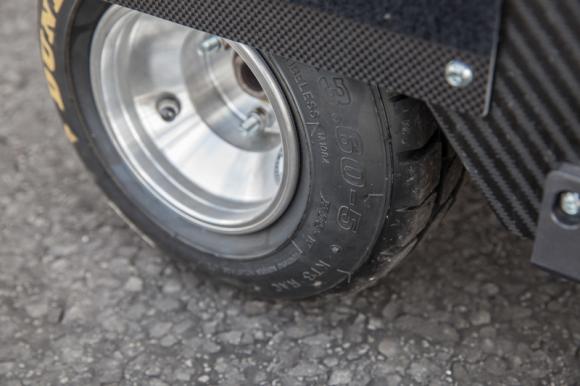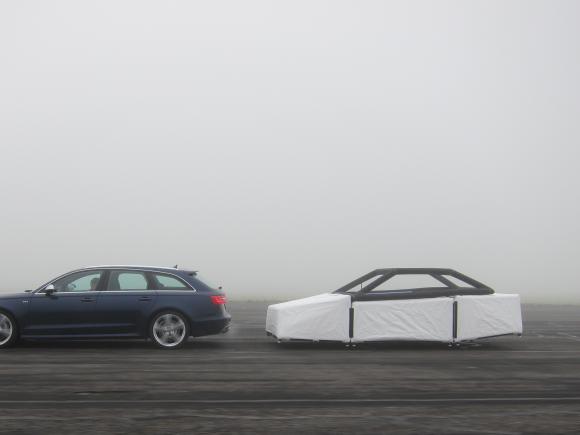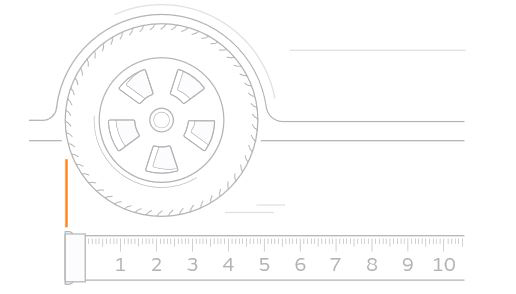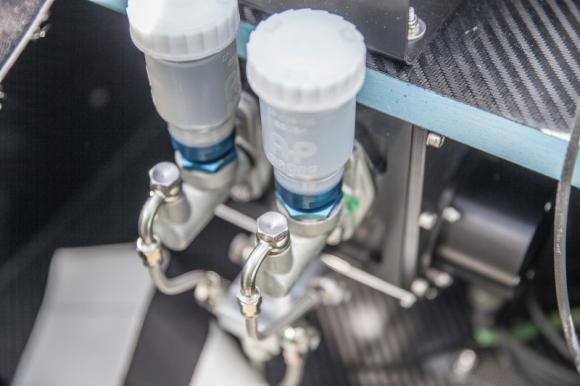회사소개
연혁
공급사
경영이념
인재채용
제품소개
Track Testing
ADAS Test Targets
Driverless Testing Solution
INS (Inertial Navigation System)
LiDAR
Video Grabber and Playback Systems
Laboratory Testing
Driving Simulators
Sensor & Transducers
Consultancy Work
고객문의
찾아오시는길
기술문의
견적문의
















 TOP
TOP